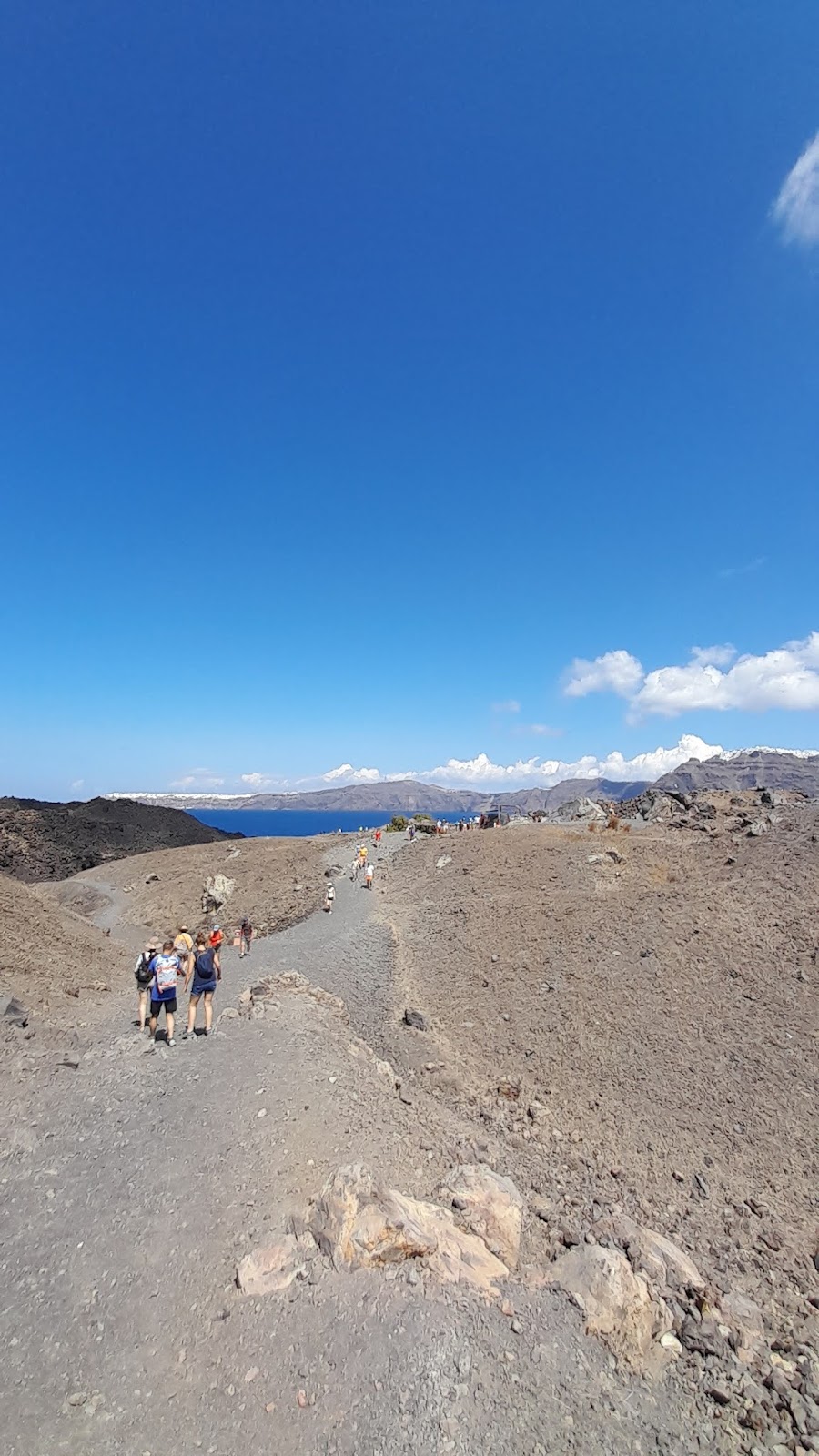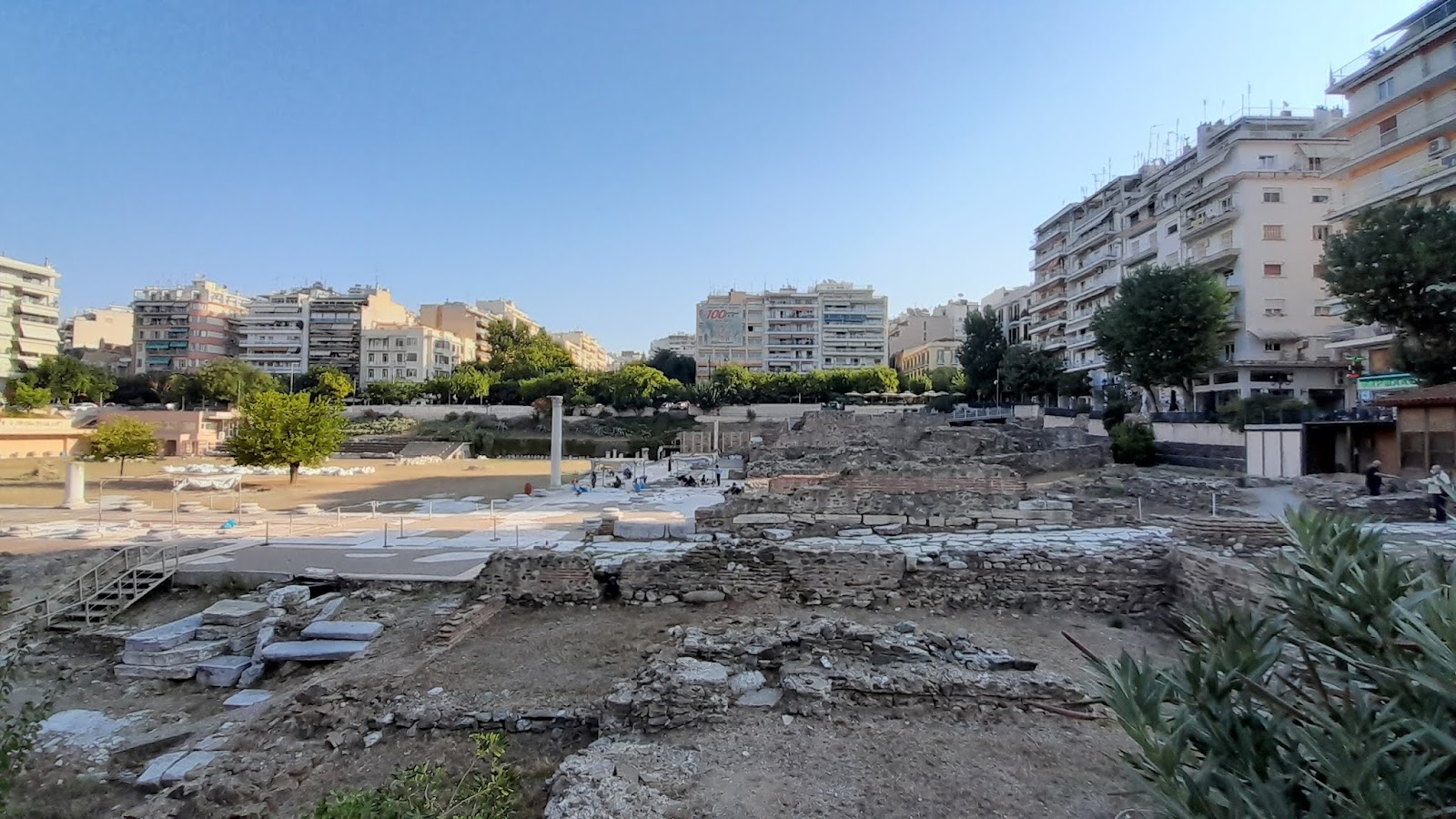I spent three
days in this city, and I really have the impression that its centre is not very
spread out and all the main sights are quite close to each other, which
is great if you are planning to stay here only for a few days. The city is
vibrant and offers so much! I have to say, I am happy with what I managed to
see, although an extra ‘sunny’ and warmer day would have allowed me to do the
2-hour walk, which starts from the Boyana Church and takes you to the
peak of the Vitosha Mount… However, the weather was not that kind with
me during these mid-September days.

Sofia is
Bulgaria’s capital and its largest city. Founded thousands of years ago,
today the city continues to develop as the country’s cultural and economic
centre. It is located in the western part of the country, on the Sofia Plain
and the lower slopes of Mount Vitosha. The city is located at a
strategic crossroads. The route from Western Europe to Istanbul passes through
Sofia via Belgrad and Skopje, then through Plovdiv to Turkey. Sofia also
connects The Near East and The Middle East, lying between the banks of the
Danube and the shores of the White Sea on the one hand, and between the Black
Sea and the Adriatic on the other.

Sofia has been
settled for many millennia. In honor of its hot springs, in the 8th century BC
the Thracian tribes settled here gave the city its first name – Serdika.
In the 1st century BC, Serdika was captured by the Romans, who
transformed it into a Roman city. It was the favorite city of Constantine the
Great (reign 306-337), who said: “Serdika is my Rome.” In roughly 175, massive
fortified walls, with four watchtowers were built to protect the city, and a
second outer fortified wall was added during the 5th-6th centuries. From
1018-1094, the city was under Byzantine rule, but remained an important
strategic, economic, and cultural center. During the time of the Second
Bulgarian Empire (1185-1393), Sredets took on the appearance of a large
Medieval city – its narrow, crowded streets witnessed the construction of more
and more small churches and monasteries, which later became Sofia’s Holy
Mountain. The city gained its present name at the end of the 14th century,
in honor of the city’s major symbol, The Saint Sofia Basilica.

In 1382, the
city fell to the Ottomans. It was liberated five centuries later, in
1878, and on April 3, 1879, it was declared the capital of the newly-liberated
Bulgarian nation.
Sofia preserves
many valuable monuments to its long and storied past.
The Saint
Sofia Basilica is one of the oldest churches in the capital. It was the
city’s major church during the Middle Ages, and under the Ottomans, it was used
as a mosque. Very close to Saint Sofia is The Memorial Church Saint
Alexander Nevsky, now one of the city’s most recognizable symbols. Directly
across from the church is The National Gallery of Art, which often exhibits
works by world-famous artists. The oldest church in Sofia is the Saint
George Rotunda, now surrounded by imposing buildings built during the
Socialist period with the intent to make the church less visible. There is also
the Banya Bashi Mosque, built in the 16th century. Not far from the
mosque is a Synagogue, which houses a museum.
There is hardly
another city in all of Europe that has so many noteworthy Christian, Islamic,
and Jewish monuments so close together.
In the immediate
vicinity, other historical remains are preserved, such as the Municipal Baths
(now a museum), the marketplace, and The Holy Sunday Church,
the St. Nedelya Cathedral Church.
Right in front
of this museum is the Russian Church of Saint Nikolay Church, which is
an architectural landmark. The Parliament Building, Monument to the Liberator
(in honor of the Russian Tsar Alexander II, who was instrumental in freeing
Bulgaria from Ottoman rule), and the campus of Sofia University “Saint Kliment
Ohradski” are three more of the city’s major symbols. Without a doubt, one of
the most beautiful buildings in Sofia is the Ivan Vazov National Theater.
On the lower
slopes of Mount Vitosha, in the Boyana District, is located the National
Museum of History, with its collection from prehistoric times to the
present day and close to the museum is the Boyana Church, one of the Bulgarian
monuments that are listed among the UNESCO World Heritage sites.
Sofia’s parks
are a favorite place for rest and recreation. Borisov Park is right in
the center of the city, and South Park is next to the National Palace of
Culture.
One of Sofia’s
favorite spots for both visitors and residents is Vitosha Boulevard.
Being a pedestrian zone, it is a very pleasant place for strolling and
relaxation. In general, the capital is a shoppers’ delight, since Sofia is
still one of the major crossroads on the Balkan Peninsula for a trade of all
kinds.













































 The Acropolis
and its slopes, the Ancient and the Roman Agora, Hadrian’s
library, the Kerameikos cemetery, the Olympieion and the Lykeion
(Aristotele’s school). The first two are in my opinion the real highlights not
to be missed, the rest is a nice little extra, but not as thrilling!
The Acropolis
and its slopes, the Ancient and the Roman Agora, Hadrian’s
library, the Kerameikos cemetery, the Olympieion and the Lykeion
(Aristotele’s school). The first two are in my opinion the real highlights not
to be missed, the rest is a nice little extra, but not as thrilling!






